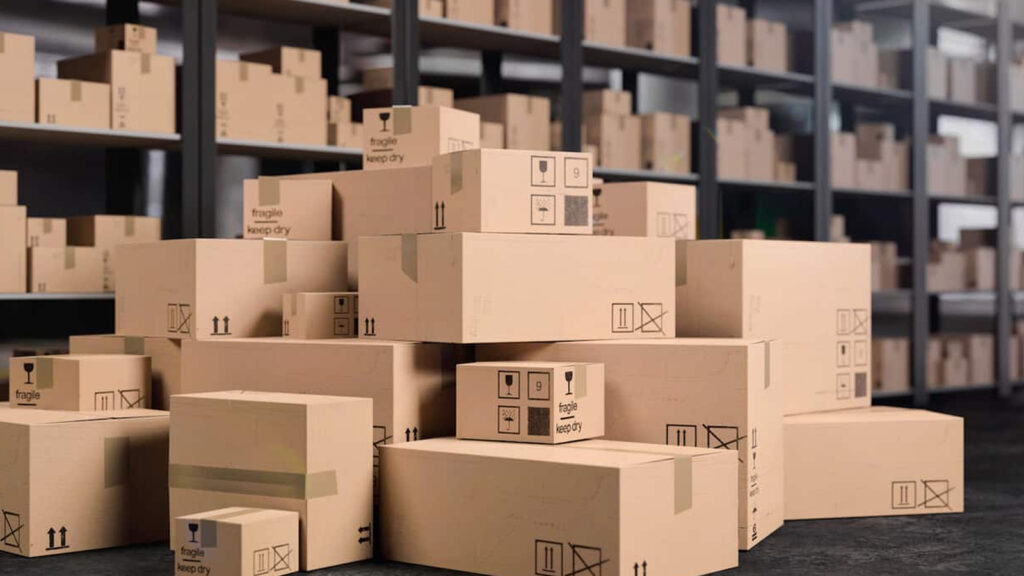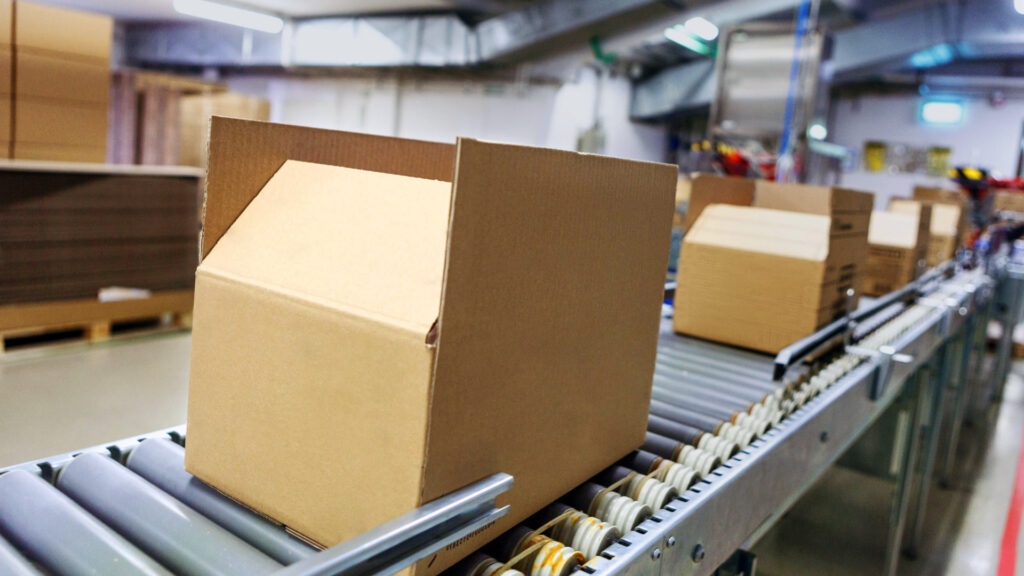Successful businesses know that every dollar saved impacts the bottom line, especially when costs accumulate over time. One area that often goes unnoticed yet significantly affects profitability is packaging. By adopting smart strategies, businesses can reduce their bulk packaging costs without sacrificing quality or customer satisfaction.

This guide will walk you through actionable ways to save on bulk packaging orders while optimizing your operations. Here’s what we’ll cover:
- Understanding your packaging needs
- Proven cost-reduction strategies
- A look at businesses that achieved success in cutting packaging costs
Why Cost-Effective Packaging Matters
Whether you’re a small business owner or a supply chain manager, packaging directly influences your profitability and your customers’ experience. Excessive packaging costs can eat into your margins, while overcomplicated packaging may cause frustration for consumers.
Finding ways to reduce packaging costs not only improves your bottom line but can also streamline your entire supply chain, improve shipping processes, and align your business with sustainable practices.
If your business is ready to trim packaging expenses, here’s where to start.
Understanding Your Packaging Needs
The first step to reducing costs is figuring out exactly what your needs are. An audit of your current packaging processes can uncover inefficiencies and areas where you’re potentially overspending.
Questions to Ask When Evaluating Packaging Needs
- What products are you packaging?
Take stock of the types, shapes, and dimensions of your products. Expensive or fragile items require additional protection, while sturdy items may not need extra layers of material.
- How much space does your packaging take up?
Oversized boxes lead to increased material usage and higher shipping rates. How often have you received a small item packaged in an unnecessarily large box? Address this to avoid wasted resources.
- What shipping requirements must you meet?
Consider regulations for shipping-specific zones (e.g., overseas regulations), and find ways to meet them without incurring excessive costs.
Example:
An online boutique selling clothing may require lightweight mailers with minimal padding. On the other hand, a retailer shipping fragile consumer electronics would need custom, durable packaging with sufficient cushioning.
Understanding these details simplifies decision-making so you can focus on cost-reduction strategies tailored to your needs.
Strategies for Packaging Cost Reduction
Now that you’ve assessed your business’s packaging practices, it’s time to implement strategies that help you save on expenses without cutting corners.
1. Negotiate with Suppliers
Suppliers have more flexibility than you might think. Use these tips to secure better arrangements:
- Leverage Bulk Orders: Ordering larger quantities typically results in discounted pricing. Discuss volume-based discounts upfront.
- Explore Alternatives: If you’ve been with the same supplier for a while, compare quotes from other vendors. Competitive pricing can give you better negotiating power.
- Build Long-Term Relationships: Many suppliers value steady business. Negotiate discounts for committing to longer-term contracts or exclusivity.
Be honest about your cost concerns, and ask suppliers how they can support you with more affordable solutions.
2. Optimize Packaging Size
Reducing the size of your packages can cut costs in multiple ways:
- Lower Material Costs: Smaller boxes or envelopes use less material.
- Reduced Shipping Fees: Many couriers calculate shipping costs based on dimensional weight (the size and weight of the parcel). An optimized box size keeps these fees manageable.
To determine the right size:
- Minimize “dead space” within packages by using custom-sized boxes.
- Switch to flexible materials like mailer bags for non-fragile items.
By right-sizing your packaging, you’ll save money and improve your reputation among eco-conscious consumers.
3. Use Sustainable Materials
At first glance, sustainable packaging options might seem costly. But they can save you money over time while demonstrating your commitment to environmental responsibility.
- Reduce Materials: Many sustainable options focus on using fewer raw materials.
- Tax Savings: Some regions offer incentives or subsidies for adopting eco-friendly practices.
- Bulk Discounts: Ordering kraft paper, biodegradable mailers, or recycled filler in large quantities brings down per-unit costs.
Companies like Patagonia and Lush have leapfrogged competitors by adopting sustainable practices that also cut expenses. By prioritizing sustainable packaging, you can save while attracting more eco-conscious customers.
4. Consolidate Orders
Instead of placing multiple smaller orders, consolidate your needs into fewer, larger orders to maximize savings.
Benefits of consolidation include:
- Lower Unit Prices: Suppliers often reward larger purchases with reduced pricing.
- Reduced Shipping Fees: Bundling orders can minimize repeated transportation costs.
Coordinate with internal teams to predict future packaging needs. By ordering upfront instead of “just in time,” you reduce logistical headaches and costs.
Real-World Examples of Cost Reduction Success
Here’s how some businesses successfully cut their bulk packaging costs:
- Case Study 1 – E-commerce Jewelry Brand
A luxury jewelry business streamlined their packaging by switching from oversized boxes to lightweight padded mailers tailored to each product. This saved 23% annually in material costs and reduced customer complaints about excessive packaging.
- Case Study 2 – Regional Coffee Subscription Service
A regional coffee subscription service reduced costs by negotiating discounts with local suppliers. Additionally, they incorporated recyclable kraft paper into their packaging, cutting combined material costs by 15%.
- Case Study 3 – Tech Start-Up
A gadget retailer reduced dimensional weight fees by optimizing its box sizes, saving over $50,000 annually in packaging and shipping expenditures.
Whether you operate in retail, subscription boxes, or manufacturing, small changes add up to significant yearly savings.
Think Lean with Bulk Packaging Solutions
Cutting packaging costs doesn’t mean sacrificing quality or customer experience. Instead, it allows your business to focus its resources on delivering better products and services.
To summarize our core strategies:
- Evaluate your packaging needs carefully.
- Negotiate better deals with suppliers.
- Optimize designs to reduce material use.
- Adopt sustainable packaging wherever possible.
Cost-efficient packaging is a smart investment with long-term benefits, including higher profits, stronger supplier relationships, and often, a competitive edge in your industry.
Looking to implement these strategies efficiently? Take the first step by auditing your current packaging costs and exploring ways to work smarter, not harder.

